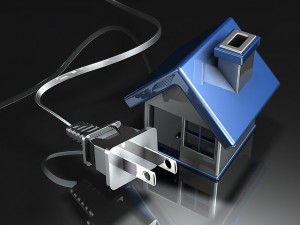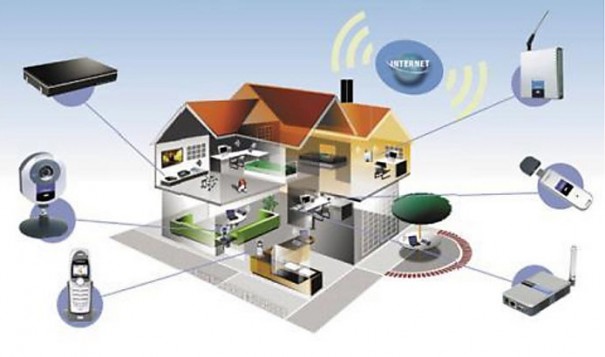El hogar conectado atrae la atención de los españoles pero su coste frena la adopción
Los servicios de gestión energética, seguridad y bienestar o salud son los principales motores que fomentan la adopción del hogar conectado en España. El coste es la principal barrera para instalar estas soluciones según revela el último informe ConsumerLab de Ericsson.
El 92% de españoles apuestan por disponer de un hogar conectado y consideran que los servicios más interesantes son los relativos a la salud y el bienestar (39%), energía y utilities (35%) y seguridad y vigilancia (33%). Esta es una de las principales conclusiones del último informe ConsumerLab de Ericsson sobre ‘Hogares Conectados’, que analiza las opiniones de usuarios sobre este tema.
El informe, basado en unas 5.000 entrevistas presenciales y online realizadas en España (Madrid y Barcelona), Estados Unidos, Chile, Rusia y Suecia, revela que casi la mitad de los usuarios están muy interesados en tener un hogar verdaderamente conectado. Un 92% de los encuestados españoles afirmaron tener un interés alto o moderado en disponer de este tipo de servicios.
Por categorías, comunicación (62%) y control remoto de los electrodomésticos (59%) son las necesidades principales para los españoles, en ambos casos por encima del promedio de los países analizados.
 También destaca que los españoles valoran la comodidad (un 13%, más del doble que la media) como razón para interesarse por tener ’servicios conectados’. Suecos y norteamericanos dan mucho más valor al factor de tecnología punta o al control del hogar cuando no están en casa.
También destaca que los españoles valoran la comodidad (un 13%, más del doble que la media) como razón para interesarse por tener ’servicios conectados’. Suecos y norteamericanos dan mucho más valor al factor de tecnología punta o al control del hogar cuando no están en casa.
Por el contrario, en España y Chile impera el factor coste entre los motivos para no interesarse por estos servicios. Un 19% y 21% los consideran demasiados caros, siendo el triple que en Suecia.
El informe demuestra que las familias pueden no estar aprovechando unos servicios que les serían particularmente útiles. Actualmente, los servicios de hogar conectado son utilizados sobre todo por hombres solteros que viven solos, mientras que el grupo que más se podría beneficiar son las familias con niños pequeños. Entre las ventajas destacaría una forma más eficiente de abordar las tareas del hogar y el acceso remoto a la vivienda por parte de familiares y amigos.
 Existe una gran variedad de servicios conectados que ayudan a ahorrar tiempo y asegurar el bienestar en casa pero, a menudo, su utilización implica la instalación de una gran cantidad de equipos y dispositivos que requieren a su vez cables y aplicaciones específicas.
Existe una gran variedad de servicios conectados que ayudan a ahorrar tiempo y asegurar el bienestar en casa pero, a menudo, su utilización implica la instalación de una gran cantidad de equipos y dispositivos que requieren a su vez cables y aplicaciones específicas.
Esta complejidad es, según el informe, es una de las principales razones de la lenta adopción del concepto de hogar realmente conectado. El informe muestra que los consumidores piden mayor simplificación y soporte. A la mayoría le gustaría tener más asistencia y asesoramiento a la hora de utilizarlos.
Te gustó este artículo?
Suscríbete a nuestro RSS feed y no te perderás nada.















